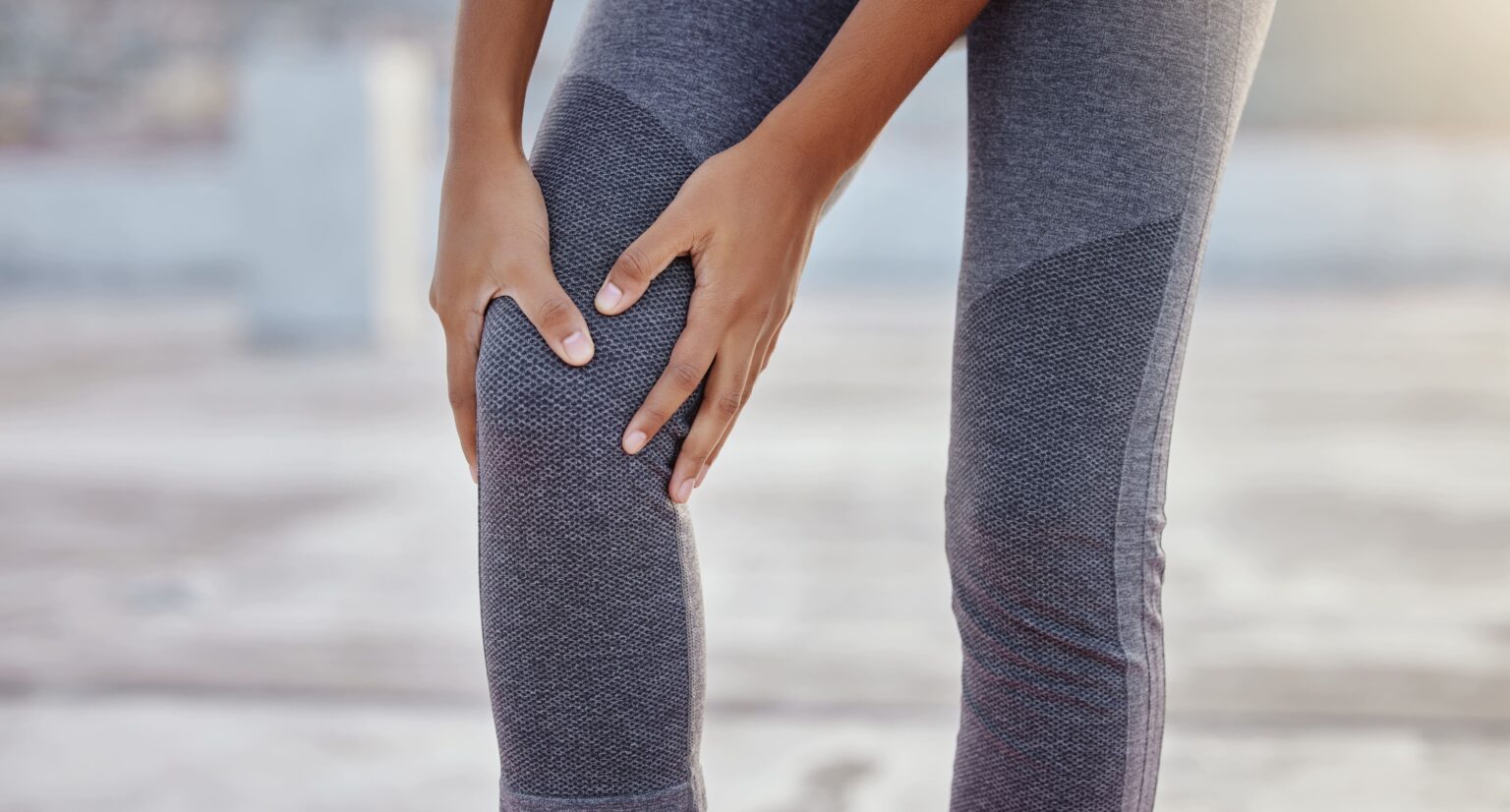SCHEDULE AN APPOINTMENT WITH US
Are Your Symptoms Affecting Your Quality Of Life?
Consult our MOH-accredited orthopaedic specialist for a detailed consultation & personalised treatment plan today.

Knee instability is the sensation that your knee cannot support your body or may “give way” during movement. This condition results from damage to the ligaments, tendons, cartilage, or muscles around the knee joint, affecting its stability.
Knee instability can be caused by injuries, underlying medical conditions, or wear and tear over time. It often leads to difficulty walking, standing, or participating in physical activities.
Symptoms of knee instability may vary depending on the underlying cause, but common signs include:
Knee instability can occur due to various factors, including:
One of the most common causes of knee instability is ligament damage, specifically to the anterior cruciate ligament (ACL), posterior cruciate ligament (PCL), or medial collateral ligament (MCL). These ligaments support and control knee movement, and injuries such as a tear or sprain can compromise joint stability.
The meniscus is a piece of cartilage that cushions the knee joint. Tears in the meniscus, often caused by twisting or direct trauma, can lead to knee instability and difficulty with movement.
Dislocation of the kneecap (patella) occurs when it moves out of its normal position. This can cause pain, swelling, and a feeling that the knee is unstable or might give way.
Tendons around the knee, such as the quadriceps or patellar tendons, can become strained, torn, or inflamed, causing knee instability. These tendons allow for knee movement, and any injury to them may reduce joint support, leading to instability.
Weakness in the muscles surrounding the knee, particularly the quadriceps and hamstrings, can reduce the stability of the knee joint. Insufficient muscle strength can increase the risk of the knee giving way during movement or while carrying weight.
Diagnosing knee instability involves a combination of physical examinations and imaging tests to determine the underlying cause.
SCHEDULE AN APPOINTMENT WITH US
Consult our MOH-accredited orthopaedic specialist for a detailed consultation & personalised treatment plan today.
Treatment for knee instability depends on the cause and severity of the condition and may involve non-surgical or surgical approaches.
Non-surgical treatment is often recommended for mild to moderate cases, where the instability is due to muscle weakness, minor ligament sprains, or inflammation.
Physical therapy focuses on exercises that strengthen the muscles around the knee, particularly the quadriceps and hamstrings, improving knee stability, and reducing the risk of the knee giving way. It also enhances flexibility and balance, reducing strain on the ligaments and tendons.
A knee brace provides additional support to the joint during physical activities and may help prevent further damage. Bracing is often used in mild to moderate cases of instability or during recovery from an injury to prevent further damage.
Nonsteroidal anti-inflammatory drugs (NSAIDs), such as ibuprofen, help manage pain and reduce inflammation in the knee, particularly when knee instability is caused by swelling or irritation in the ligaments and tendons. By reducing inflammation, NSAIDs help relieve discomfort during rehabilitation.
Surgery may be required when knee instability is caused by significant ligament tears or severe meniscal or tendon damage.
In cases of torn ligaments, such as the ACL or PCL, ligament reconstruction surgery may be considered. The damaged ligament is repaired or replaced with a graft, often taken from another part of the patient’s body or from a donor, to restore knee stability.
Meniscus repair surgery may be necessary, depending on the severity and location of the tear. Repairing or removing the damaged portion of the meniscus helps restore knee stability and reduces the risk of further damage.
Severe tears in the quadriceps or patellar tendons can lead to knee instability as they can no longer provide adequate support. Tendon repair surgery involves reattaching the torn tendon to the bone, restoring its ability to stabilise and support the knee joint.
Regular strengthening exercises targeting the quadriceps and hamstrings improve muscle support around the knee. Stretching and flexibility exercises help maintain a full range of motion, while warming up before physical activity protects the knee from strains or injuries. Avoid overloading the knee with high-impact movements, wear supportive footwear, and use knee braces if needed. Allowing adequate rest between intense activities helps prevent damage to the ligaments, tendons, and muscles that support the knee, effectively reducing the risk of instability.
Monday – Friday: 9.00am – 6.00 pm
Saturday: 9.00am – 1.00pm
Sunday & PH: CLOSED
Monday – Friday: 9.00am – 6.00 pm
Saturday: 9.00am – 1.00pm
Sunday & PH: CLOSED
Get Started
Mild knee instability caused by muscle weakness or minor ligament strains may improve with rest and light exercise. However, if the instability is caused by a significant ligament tear or structural damage, medical treatment is usually required, and in some cases, surgery, to restore proper function.
Yes, knee instability can become more common as people age. Over time, the ligaments and tendons around the knee may weaken, and conditions like osteoarthritis may develop, leading to a higher risk of instability. However, knee instability can affect people of all ages, particularly athletes and individuals who engage in high-impact activities.
If you experience knee instability, you should avoid activities that place excessive stress on the knee, such as jumping, running, or quick changes in direction, as they can increase the risk of further injury. Low-impact exercises, like swimming or cycling, are often recommended until the knee becomes more stable.
Yes, excess weight can increase strain on the knee joint, potentially worsening instability. Maintaining a healthy weight can relieve the pressure on the knees and help prevent further ligament and cartilage damage. Weight management, combined with strengthening exercises, can improve knee function.